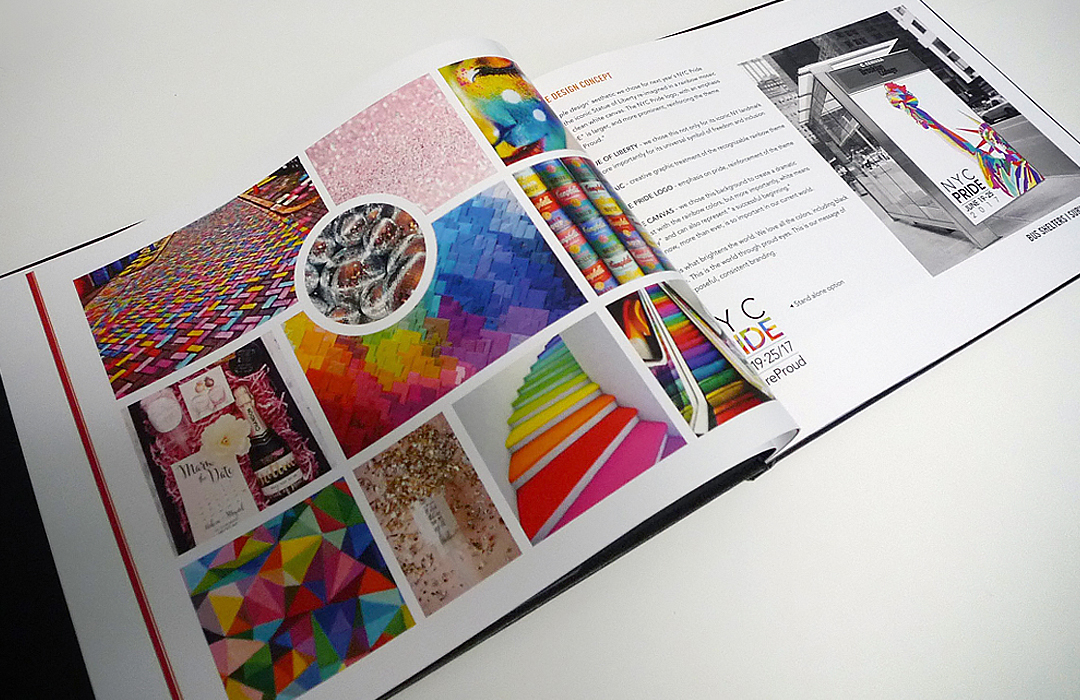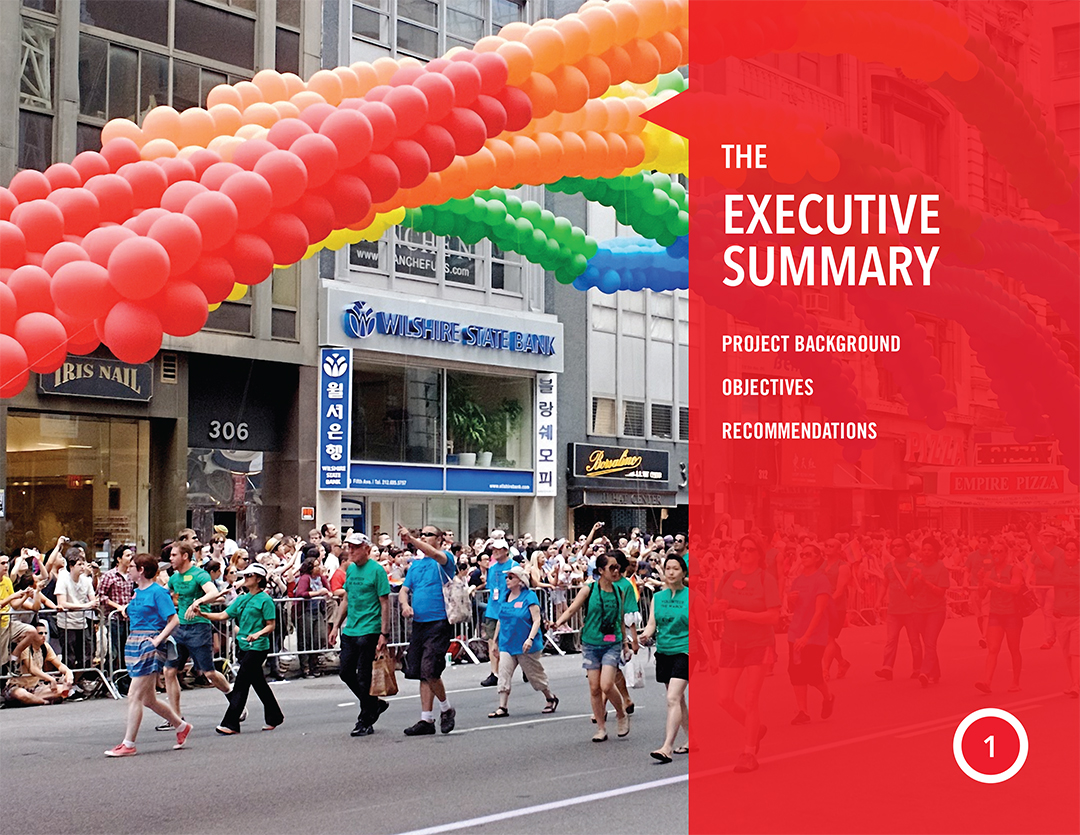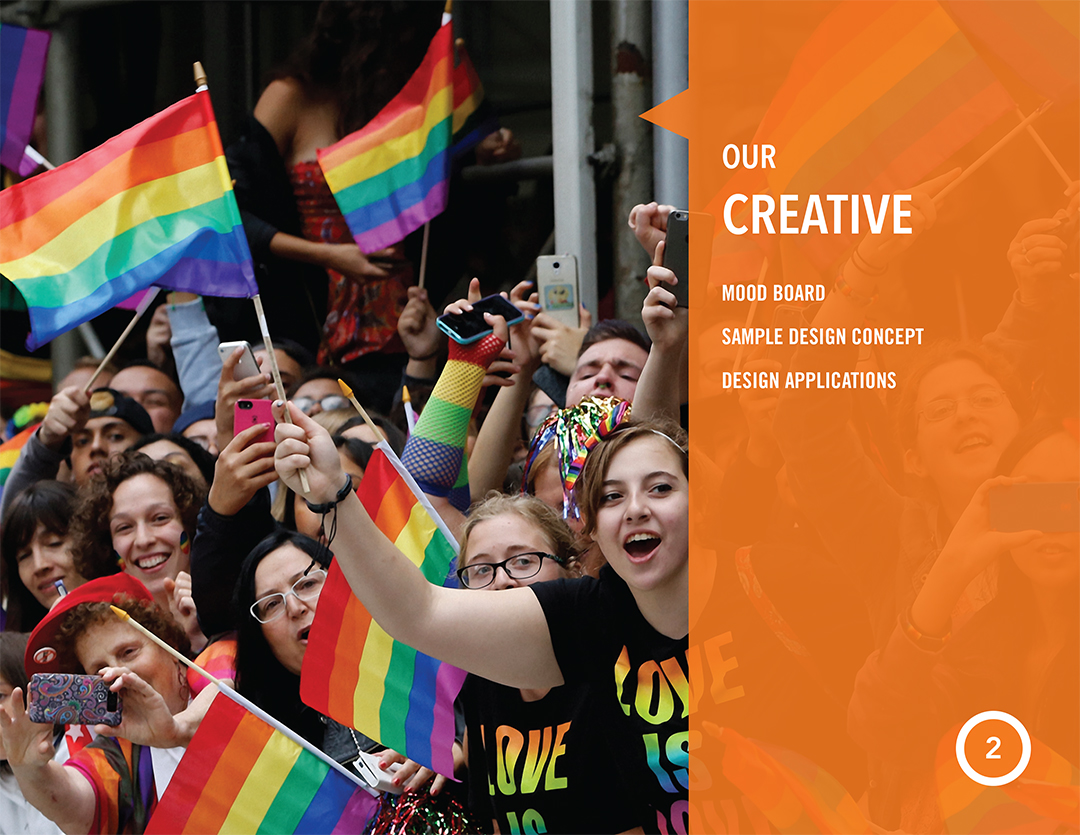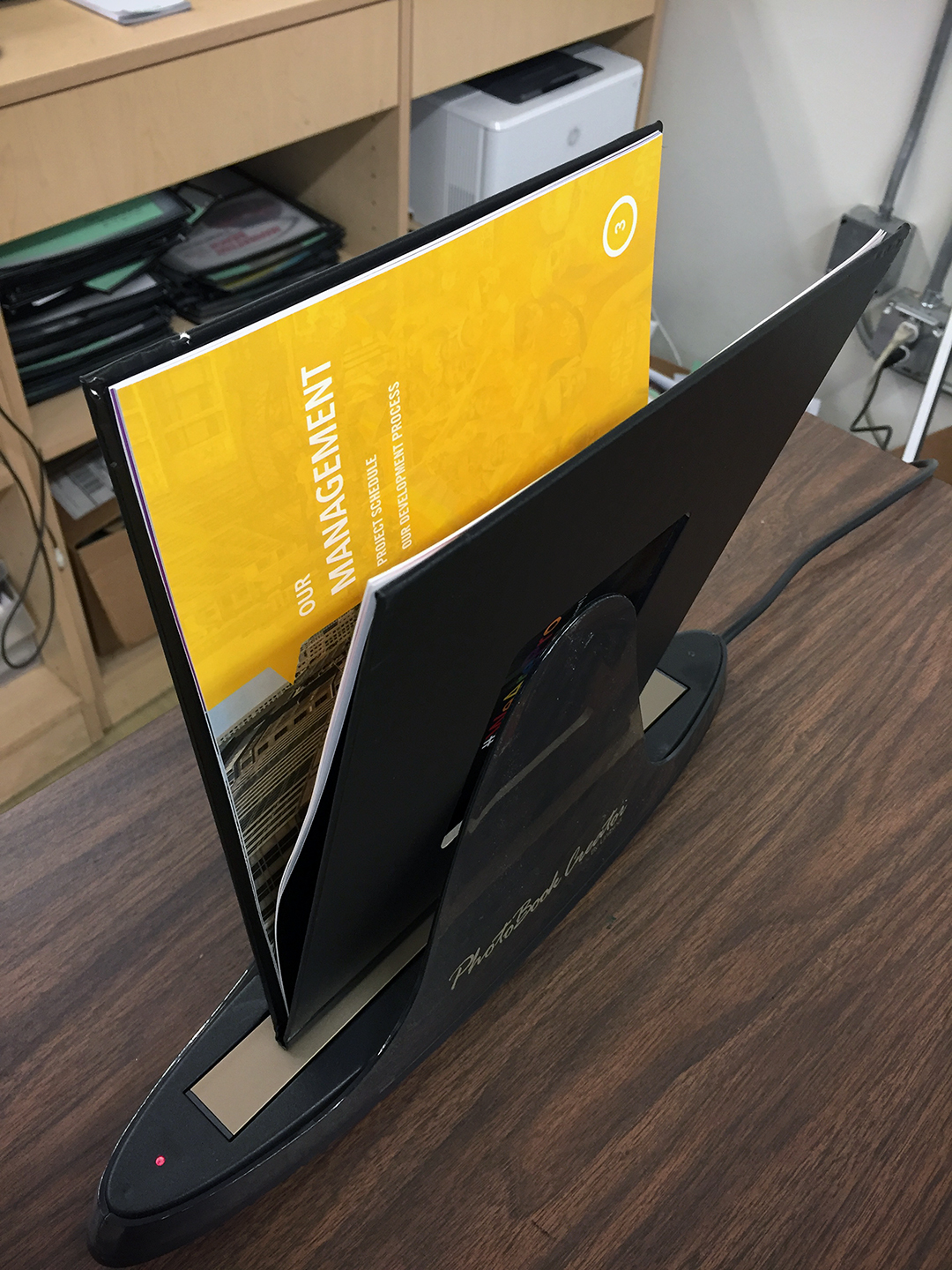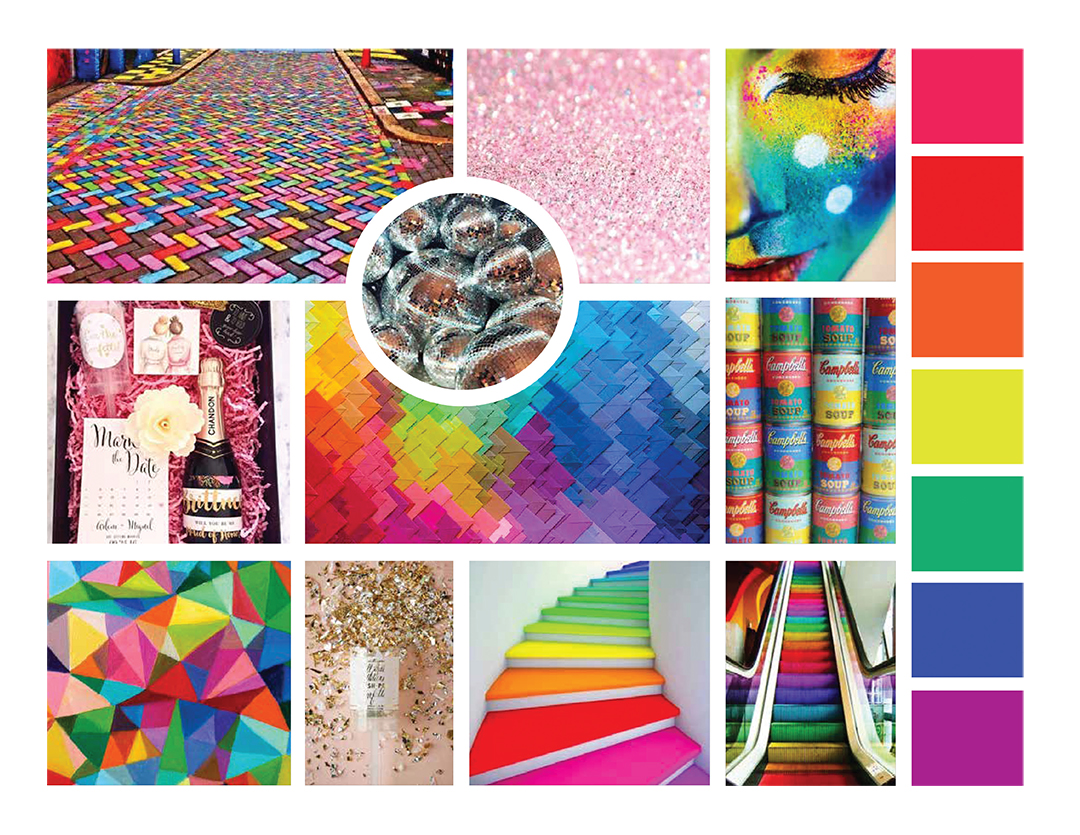
Creative Ways to Submit an RFP Proposal
In the olden days (pre-Mad Men), RFPs (Request for Proposal) were originated by government agencies, universities and non-profits as a highly structured document filled with questions used to compare service providers. This procurement system was created to remove all bias and treat all vendors the same as they compete for the same jobs by answering the same questions as everyone else.
Nowadays, RFPs are commonly issued by for-profit businesses such as agencies, for complex, highly customized products and services. The three main ways that you would be exposed to an RFP are: 1) direct invitation from the sourcing company, 2) open invitation by referral or 3) it is an active part of your marketing plan to secure new business.
For some, the RFP proposal is a necessary evil with the ultimate goal of procuring (in general) the best possible candidate at the lowest price. For others, RFPs can be hidden gems for building a client roster and portfolio. Even if you don’t win every RFP, the work you put in can be an evergreen marketing tool. It can showcase your repertoire and create additional content opportunities to market your service or product.
Navigating the RFP Submission Process
A good RFP should define the scope, milestones and deliverables. But this is not always the case. Your first thought upon receiving an RFP might be: This is great! Everything’s all spelled out in an organized document. I can pick off each question by copy pasting my business plan or standard sales proposal template. The sheer brilliance of my responses are going to get me the contract!
Um, no. Unless you are the incumbent provider or know someone in the procurement department, you are competing with dozens if not hundreds of other companies. You’re going to need reinforcements.
There are horror stories about businesses wasting thousands of dollars or more on responding to RFPs with very little to show for it. The reasons for this are varied. The cynic might say the odds are stacked against you from the get-go. The savvy marketer will know that planning and presentation are key.
If you’re new to the RFP world, Entrepreneur’s 10 Things You Need To Know When Responding to RFPs is a great primer on how to get started. Many resources are available online from simple lists to much more elaborate strategy sessions. Most of them talk about how to structure and organize your written response. None of them actually help you write it. For that you must find a business consultant or purchase ready made templates. If your business is not in the design industry then investing in an experienced design agency might be in order. If you are more DIY, read on for tips on how to creatively set your RFP apart from the competition.
Are You Stuck On Plain Vanilla?
For many businesses, submitting RFPs or sales proposals are necessary processes to grow one’s client base. These are in fact valid business opportunities that could lead to lucrative long-term working relationships that might otherwise not be possible.
There are plenty of bid and proposal management software to help you with writing, organizing, submitting and closing sales proposals. But in a recent RFP proposal for NYC Pride we found that there were a few creative ways to help us stand out…
- Design – Your concept should capture the imagination and elicit that “wow” factor. Think “magazine” instead of standardized tests for the layout. While your layout should keep to the order of their questions (and repeat the same language and terms as often as possible), there’s no reason to be linear and boring in your response. We could have just used Word, answered the questions, and hit “submit”, but instead, we used big, bold colors, high resolution images and showed off our ability to design by presenting the information in a different way.
- Assets – We decided to print and deliver our proposal as a hard bound book. We used a 9 x 12 leatherette cover with a cut-out front window and digitally printed the interior pages on a high gloss paper stock at a local printer.
- Presentation – We researched and brainstormed ideas on how to “package” our RFP for delivery. What would make the best impression? How could we be remembered? Luckily, our proposal submission was due around the holidays, which made it easier to send some holiday cheer along with our submission while keeping the client’s brand at the forefront. We opted for a champagne set beautifully packaged with theme colored confetti as the vehicle to cradle our proposal book. We included a handwritten note and also made sure to priority overnight everything to make an arrival statement.
It’s not always possible to go to these lengths to submit a proposal. Often times the potential client’s business is very conservative and doesn’t exactly lend itself to rainbow confetti. However, there are always opportunities to look at things differently and approach an RFP proposal from a strategic and creative perspective to give your proposal the best chance to stand apart from the competition.
